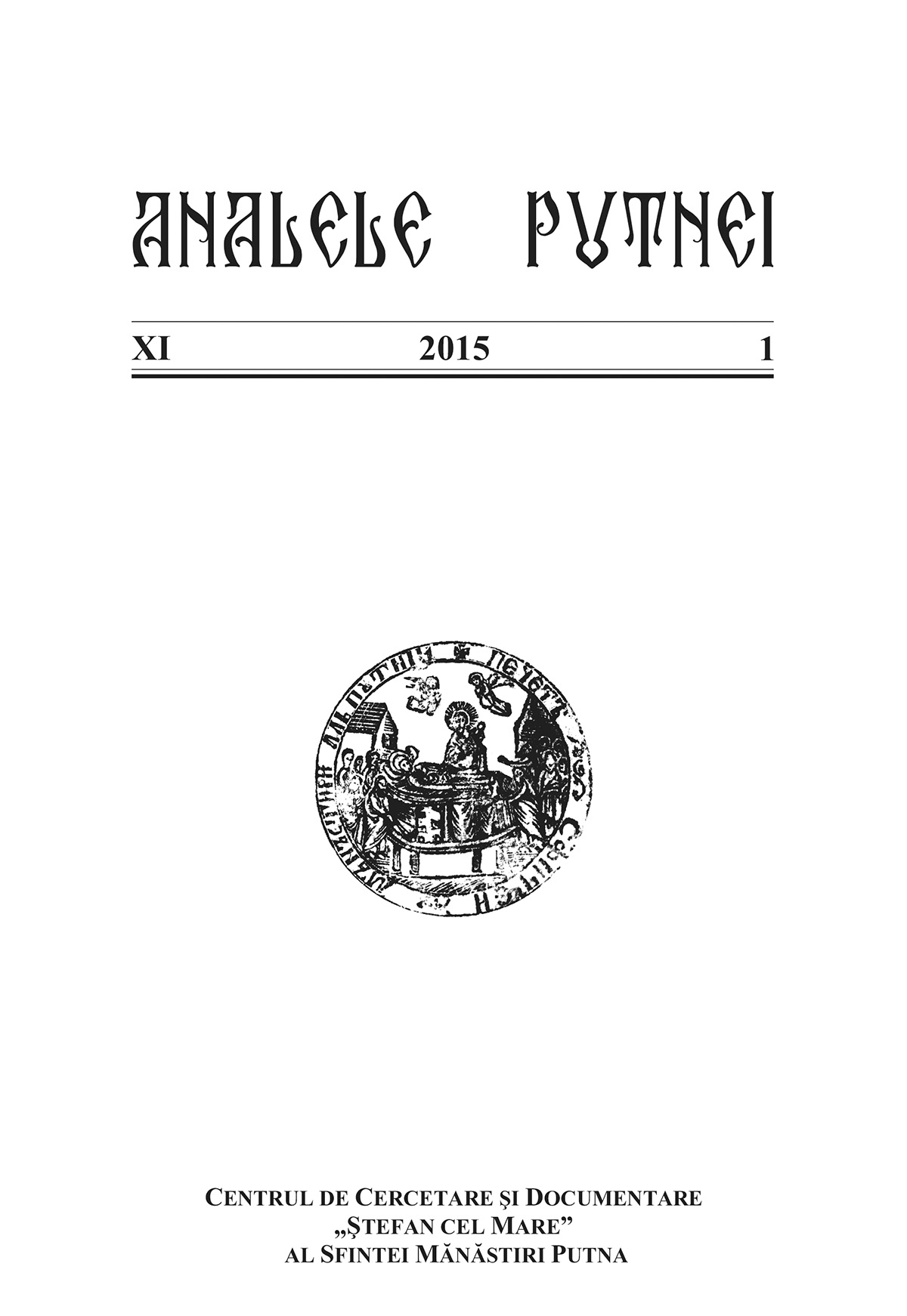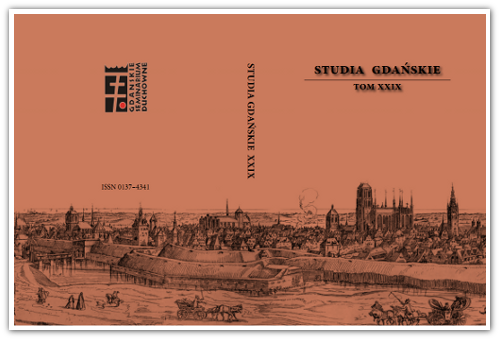
Un tableau votif et une nécropole familiale. L’église du logothète Tăutu de Bălineşti
Un tablou votiv şi o necropolă familială. Biserica logofătului Tăutu de la Bălineşti
Keywords: Bălineşti; logothète Ioan Tăutu; tableau votif; nécropole familiale; généalogie
Figure de proue des règnes d’Étienne le Grand (1457–1504) et de son fils Bogdan III (1504–1517), Ioan Tăutu a rempli, pendant 36 années, la plus haute charge dans l’administration de la principauté moldave: grand logothète (chancelier) du pays. Sa longue activité intéresse non seulement l’histoire politique de la Moldavie (il fut un expert de premier rang dans le domaine des relations avec la Pologne et l’Empire Ottoman), mais aussi l’histoire culturelle par les résultats du patronage qu’il a exercé. Sa présence dans les vieilles traditions moldaves (perpétuées par ses descendants) est bien compréhensible.A Bălineşti (aujourd’hui dans le département de Suceava), le logothète Tăutu († 1511) fît construire une belle et imposante église, consacrée en 1499 et richement ornée à l’intérieur et à l’extérieur. Malheureusement, ces fresques ne sont pas datées. On a essayé de dater en 1500–1511 celles de l’intérieur par rapport au tableau votif peint sur le mur ouest de la nef, mais cette hypothèse est sérieusement minée par les confusions sur lesquelles elle se fonde: on a interprété de manière erronée les informations offertes par le tableau votif et les dalles funéraires. L’auteur propose de restreindre cet intervalle aux années 1501–1505, vu la présence du portrait de Petraşco: ce fils du logothète est né après septembre 1500 (lorsque mourut son frère, qui portait le même nom), ce qui explique pourquoi le tableau votif le représente en bas âge.La seconde partie de l’étude est consacrée à la reconstitution de la nécropole familiale; on utilise les résultats des recherches archéologiques (qui ont mis au jour les traces de 18 tombes datant des XVe–XVIIe siècles, ayant appartenu aux membres de la famille du fondateur de l’église), ainsi que les informations fournies par les documents concernant la transmission de la propriété du village à travers plusieurs générations des descendants du logothète Tăutu.
More...
